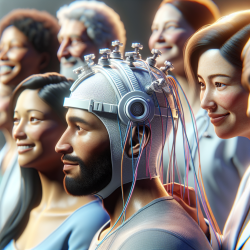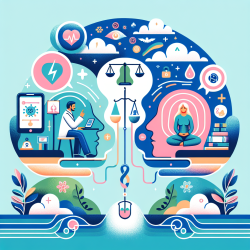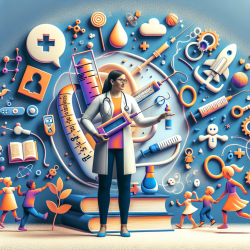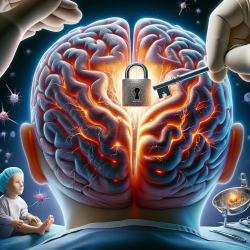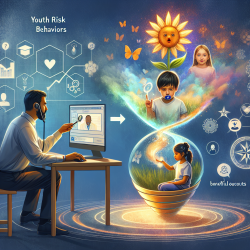Introduction
As speech-language pathologists, our work often intersects with various domains of science and art, including film and media. The research article, ‘A machine for recreating life’: an introduction to reproduction on film, offers a unique perspective on how film has historically portrayed and influenced the understanding of reproduction. This exploration can provide valuable insights for practitioners looking to enhance their skills and understanding of child development through a multidisciplinary lens.
The Role of Film in Understanding Reproduction
The article highlights the historical evolution of reproduction themes in film, tracing back to the early 20th century. Films have served as a medium to depict and educate audiences about biological and social processes, often using metaphors and visual storytelling to convey complex ideas. For speech-language pathologists, understanding these representations can enhance our approach to communication and education, especially in pediatric settings.
Implications for Speech-Language Pathologists
By examining the intersection of film and reproduction, speech-language pathologists can gain insights into:
- Visual Learning: Films provide a visual context that can aid in understanding complex biological processes, which can be translated into educational tools for children.
- Cultural Narratives: Understanding how reproduction is portrayed in media can help practitioners address cultural narratives and biases that may affect children's understanding and language development.
- Interdisciplinary Approaches: Incorporating film studies into speech-language pathology can foster interdisciplinary collaboration, enhancing therapeutic strategies and outcomes.
Encouraging Further Research
While the article provides a comprehensive overview of reproduction in film, it also underscores the need for further research in this area. Speech-language pathologists are encouraged to explore how media representations influence child development and communication. This can involve examining how children interpret visual media and how these interpretations affect their language and cognitive development.
Conclusion
The exploration of reproduction on film offers valuable insights for speech-language pathologists seeking to enhance their practice through a multidisciplinary approach. By understanding the historical and cultural contexts of these representations, practitioners can develop more effective educational and therapeutic strategies. To delve deeper into this fascinating intersection, I encourage you to read the original research paper, ‘A machine for recreating life’: an introduction to reproduction on film.


